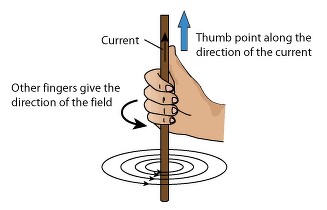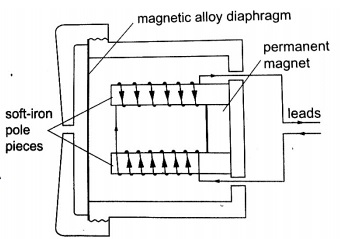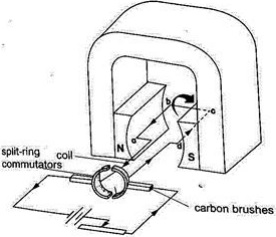- The direction of the field is dependent on the direction of the current.
Determining the Direction of the Lines of Force
- The direction of the lines of force can be determined using a simple rule called the right-hand screw rule.- This rule states that if a right-hand screw advances in the direction of the current, then the rotation of the screw is in the direction of the field.


Magnetic Field Due to a Solenoid : The Rule for Polarity
- A solenoid is a cylindrical coil of wire acting as a magnet when carrying electric current.- The direction of the field can be determined using a simple rule stated as follows if the coil (solenoid) is viewed from one end and the current flows in an anticlockwise direction at that end, then that end is the North Pole. If the current flows in a clockwise direction, then that end is the South Pole.

Electromagnets
- A n electromagnet is a soft metal core made into a magnet by passing an electric current through a coil surrounding it.Factors Affecting the Strength of an Electromagnet
- Increasing current through the coil
- Increasing the number of turns of the coil
- Using iron of C- core shape which brings both magnetic poles together





